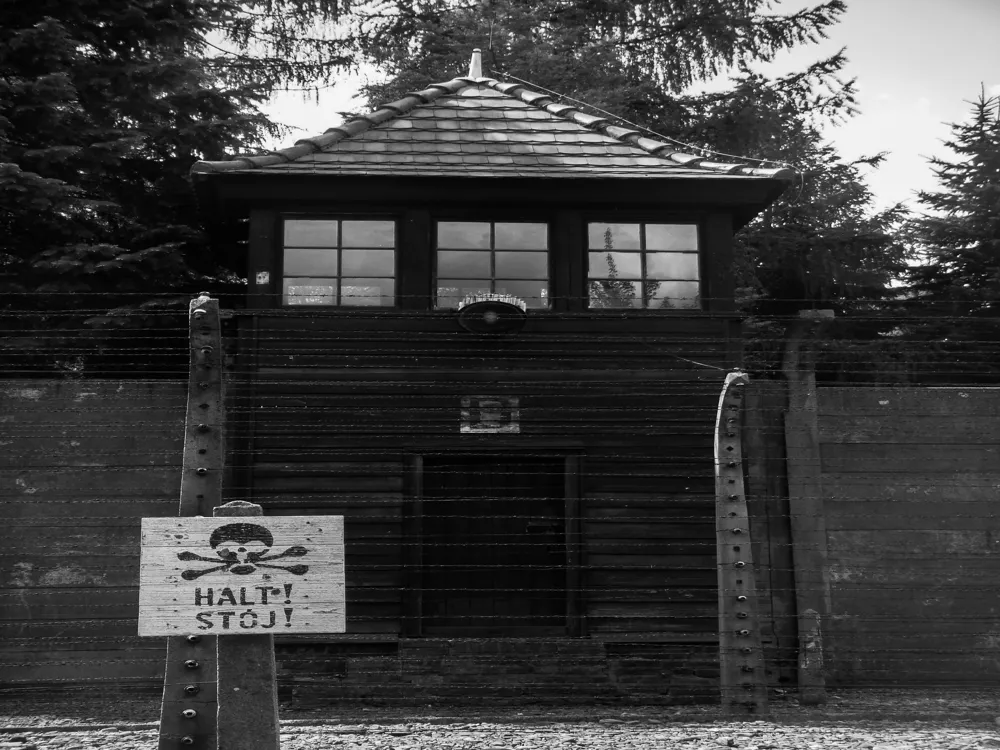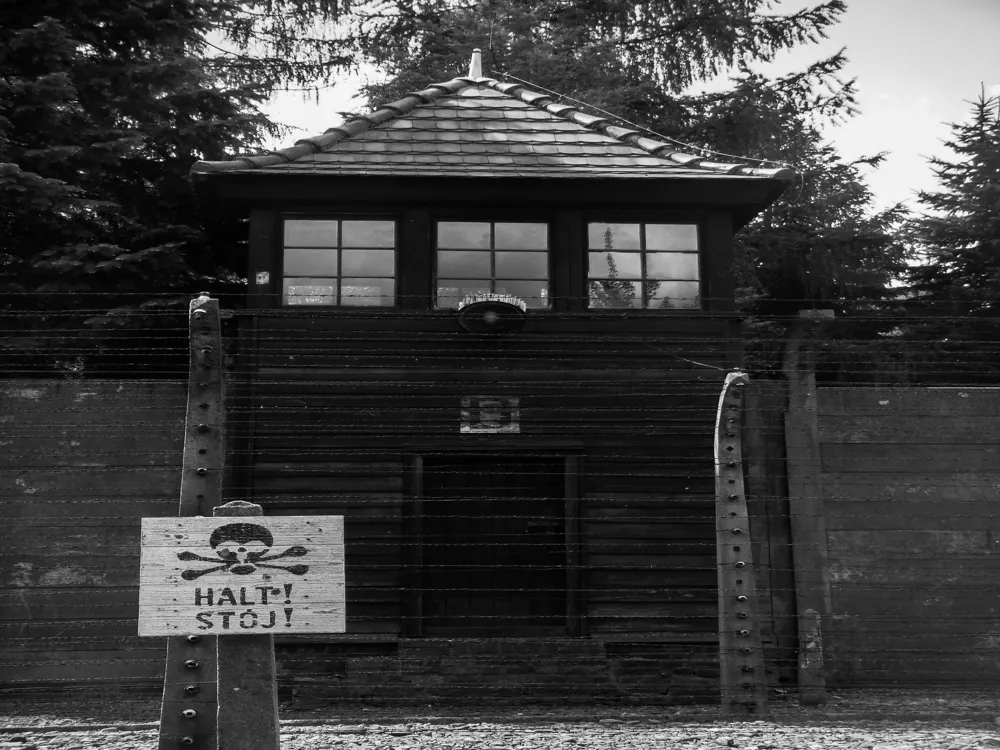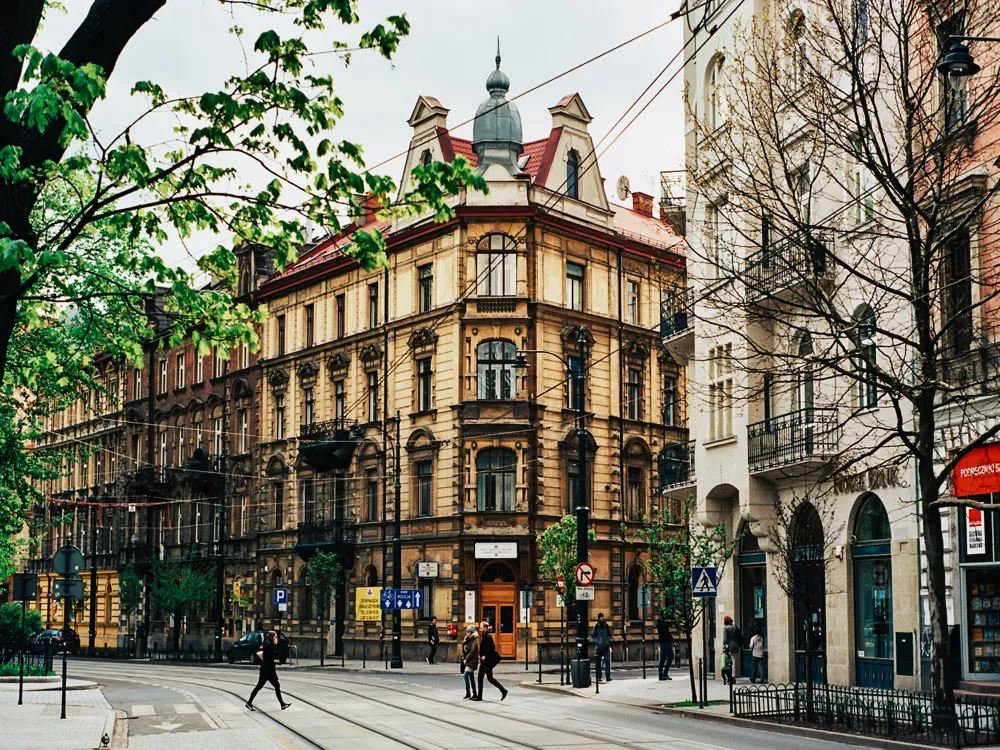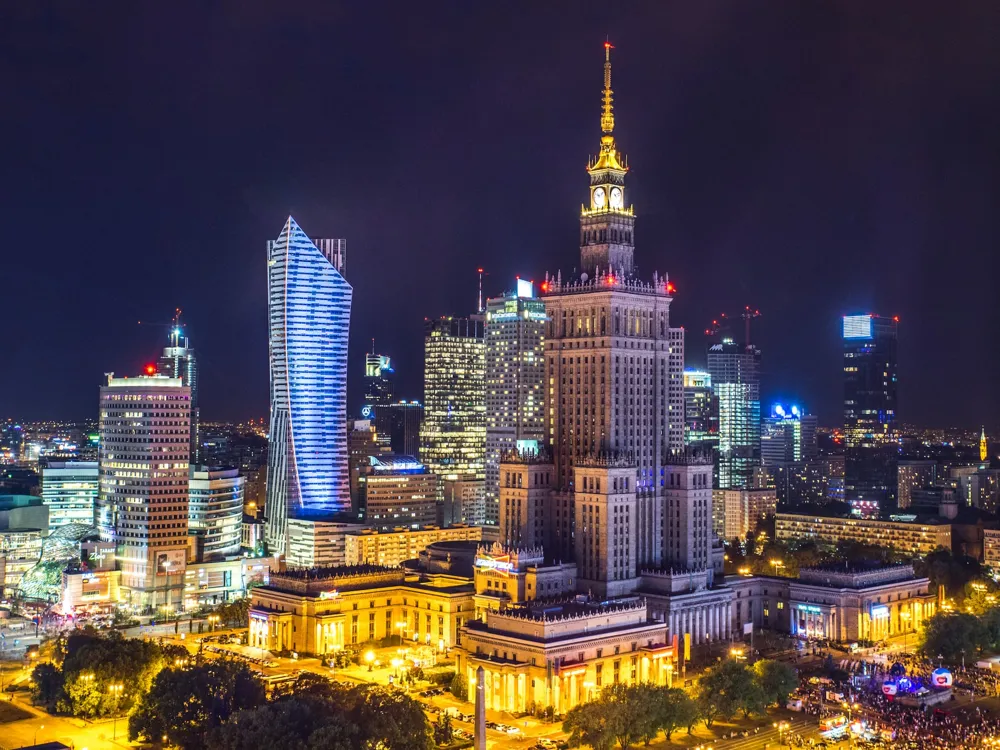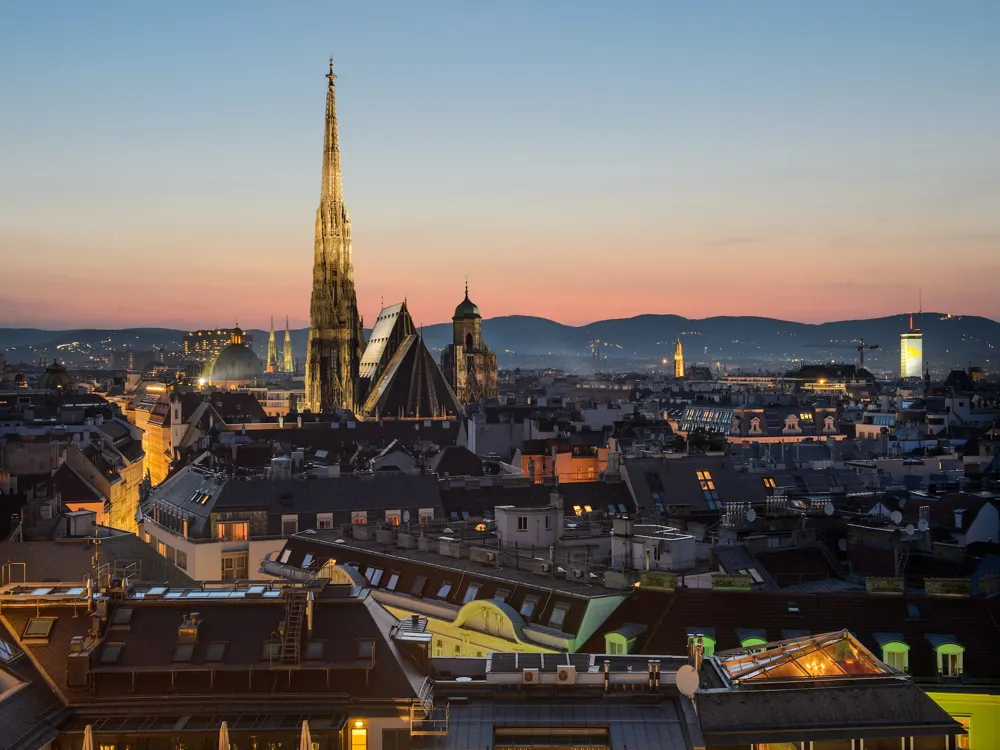The Auschwitz Jewish Centre, located in the vicinity of the infamous Auschwitz-Birkenau concentration camp, serves as a beacon of remembrance and education about the horrors of the Holocaust. This poignant Centre is dedicated to preserving the memory of the victims and educating visitors about the history and enduring legacy of this tragic period. The Centre comprises a museum, an educational facility, and a place for reflection and contemplation. Through its extensive exhibits and programs, the Centre aims to foster understanding and promote tolerance among people of all backgrounds. As visitors step into the Auschwitz Jewish Centre, they are transported into a world that meticulously recounts the Jewish community's life before, during, and after the Holocaust. The Centre's exhibits are a stark reminder of the atrocities committed and a tribute to the resilience and strength of the human spirit. The Centre also focuses on the Jewish community's vibrant life in Oświęcim before the war, providing a holistic view of the Jewish experience during this dark period in history. The architecture of the Auschwitz Jewish Centre is a profound statement in itself, designed to evoke reflection and emotion. The Centre's design seamlessly integrates modern architectural elements with the historical context of the site. The use of space, light, and materials is carefully considered to create an environment conducive to learning and remembrance. The architecture not only serves a functional purpose but also stands as a symbol of hope and renewal amidst the remnants of a painful past. The Centre's layout guides visitors through a journey of understanding, with each section thoughtfully curated to provide an immersive experience. The use of somber tones and minimalistic design elements ensures that the focus remains on the exhibits and the stories they tell. The architecture is a subtle yet powerful backdrop to the Centre's mission of education and remembrance, offering a space where history is both preserved and questioned. Before visiting the Auschwitz Jewish Centre, it's essential to plan your trip carefully. Check the Centre's opening hours and consider booking a guided tour for a more comprehensive experience. It's advisable to reserve your visit well in advance, especially during peak tourist seasons. The Auschwitz Jewish Centre is a site of immense historical and emotional significance. Visitors are expected to maintain a respectful demeanor throughout their visit. This includes speaking softly, dressing appropriately, and being considerate of others who are also there to reflect and learn. Photography may be allowed in certain parts of the Centre, but it's important to adhere to the rules. Flash photography and photography in sensitive areas are generally prohibited. Always check with the Centre's staff if you're unsure about where you can take photos. The Auschwitz Jewish Centre is accessible via various modes of transportation. The nearest major city is Kraków, from where you can take a bus or train to Oświęcim. The journey typically takes about an hour and a half. Alternatively, you can drive or take a taxi, which offers more flexibility but may be more expensive. Upon arriving in Oświęcim, the Centre is a short walk from the main bus or train station. For international visitors, the closest airport is Kraków-Balice International Airport. From the airport, you can take public transport, hire a car, or arrange a shuttle service to Oświęcim. It's advisable to check the current transport schedules and routes in advance to ensure a smooth journey to the Centre. READ MORE:-Overview of Auschwitz Jewish Centre
Architecture of Auschwitz Jewish Centre
Tips When Visiting Auschwitz Jewish Centre
Planning Your Visit
Respectful Conduct
Photography Guidelines
How To Reach Auschwitz Jewish Centre
Auschwtiz Jewish Centre
Auschwitz
NaN onwards
View auschwitz Packages
Weather :
Tags : Museum
Timings : Hours: Sun - Sat 08:00 - 19:00
Planning a Trip? Ask Your Question
Auschwitz Travel Packages
View All Packages For Auschwitz
Top Hotel Collections for Auschwitz

Private Pool

Luxury Hotels

5-Star Hotels

Pet Friendly
Top Hotels Near Auschwitz
Other Top Ranking Places In Auschwitz
View All Places To Visit In auschwitz
View auschwitz Packages
Weather :
Tags : Museum
Timings : Hours: Sun - Sat 08:00 - 19:00
Planning a Trip? Ask Your Question
Auschwitz Travel Packages
View All Packages For Auschwitz
Top Hotel Collections for Auschwitz

Private Pool

Luxury Hotels

5-Star Hotels

Pet Friendly







